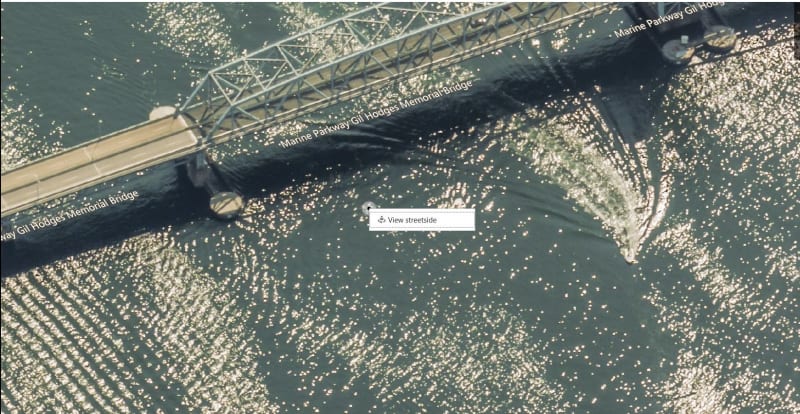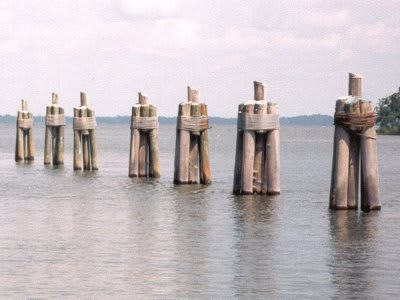zohl
Structural
- Jan 17, 2016
- 6
required to check adequacy of pier and pile cap for barge collision in a very low volume river traffic and no information about barges
Follow along with the video below to see how to install our site as a web app on your home screen.
Note: This feature may not be available in some browsers.

Rod - if a bridge has to be protected from collision, it would need something like this, stone filled cells with a timber fender

![[idea] [idea] [idea]](/data/assets/smilies/idea.gif)
TheRick109 said:Prior to getting carried away, a 400-kip collision force was used.
a 200 ton barge is still 400 kips correct?
AASHTO needs to get the college professors out of the code writing process!
I don't have a copy of the AASHTO code prior to the 7th Edition, I couldn't remember everything off the top my head.
He's probably just more confused now LOL
